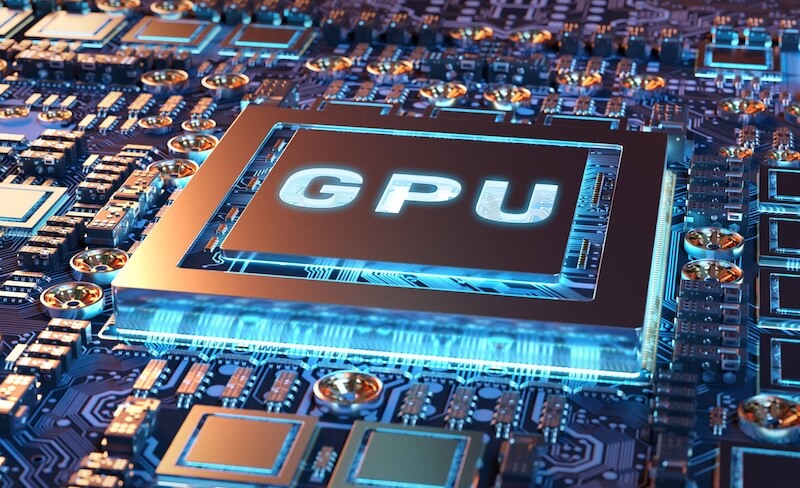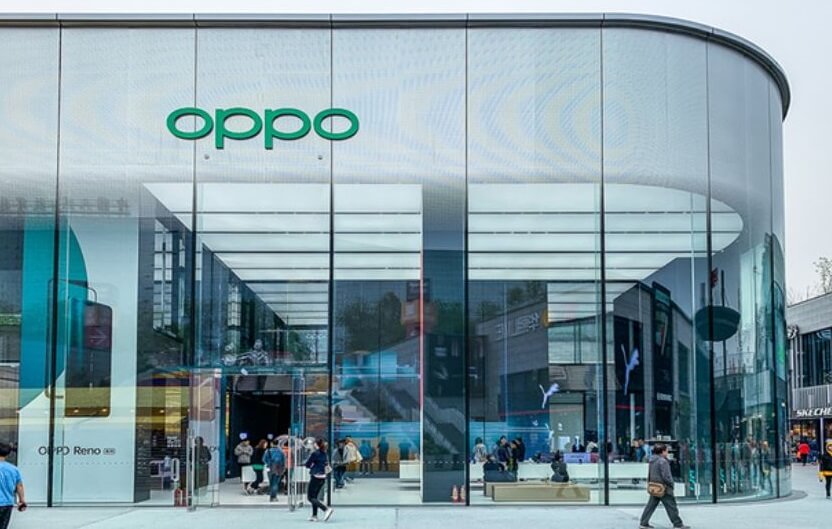The question of whether there will be another GPU shortage is complex, with opinions divided among industry analysts. Considering the current market dynamics, several factors point towards a continued struggle for consumers seeking the latest graphics cards, while other factors indicate improved availability.
Factors Suggesting Potential Shortages:
- AI Boom: The most significant driver of potential GPU shortages is the unrelenting demand for GPUs in artificial intelligence (AI) and machine learning. Companies like OpenAI, Google, and Meta are purchasing GPUs at an unprecedented rate to power large language models and generative AI services. This has led to a shift where a large percentage of GPU production is allocated to enterprise AI clients, leaving fewer cards for gamers and content creators. OpenAI CEO Sam Altman has even stated that they have had to stagger the release of GPT-4.5 due to GPU shortages.
- Manufacturing and Supply Chain Issues: The complex manufacturing process of GPUs relies on specialized facilities and components. Any disruption, such as earthquakes impacting key manufacturers like TSMC, can significantly impact production. Furthermore, logistical challenges, including shipping delays and component shortages (particularly VRAM chips), can create bottlenecks in the supply chain.
- Geopolitical Factors and Tariffs: Trade policies and tariffs can also play a significant role in GPU availability. For example, tariffs on Chinese imports, where most graphics cards are manufactured, could lead to suppliers pausing shipments to the US to avoid high costs, potentially creating a "catastrophic" GPU shortage.
- Cryptocurrency Mining: While not as dominant as in previous years, cryptocurrency mining can still impact GPU demand. Although Bitcoin mining now primarily relies on specialized ASIC hardware, some altcoins like Ethereum Classic are still mined using GPUs. Increased profitability in cryptocurrency mining could lead to increased demand for GPUs.
- High-End Demand: The demand for high-performance GPUs in gaming, data centers, automotive applications, and AI-driven computing continues to surge, potentially outpacing supply.
Factors Suggesting Improved Availability:
- Increased Manufacturing Capacity: Major players like TSMC are investing heavily in expanding their manufacturing capacity, which should eventually ease supply constraints. New chip-manufacturing facilities are under construction worldwide, although most won't be online until 2025 or later.
- New Technologies and Designs: Companies are exploring new GPU designs and technologies, such as chiplet designs and advanced packaging, to improve performance and efficiency. These advancements could potentially lead to better GPU availability.
- Alternative Solutions: Innovations like Kompact AI, which allows running advanced AI models on regular CPUs, could reduce the reliance on GPUs for certain applications, easing demand.
- Nvidia's Production Increase: It has been reported that Nvidia has shipped twice as many 50-series GPUs as 40-series GPUs since launch. Also, an industry leaker asserts that RTX 5090 supplies are to be 'stupidly high' next month as GB200 wafers get repurposed.
- Shift to Cloud-Based Solutions: Cloud-based GPU services are democratizing high-end computing, allowing businesses and individual users to access GPU power without needing to purchase physical cards, which could alleviate some of the demand.
- Improved Efficiency: Chinese AI startup DeepSeek demonstrated models on par with those from OpenAI and Meta for seemingly far less money and with weaker GPUs. More efficient AI models could make the technology cheaper and more accessible.
Overall Outlook:
Despite efforts to increase production and explore alternative solutions, the demand for GPUs, especially high-end models, is expected to remain high. The AI boom, coupled with ongoing manufacturing and supply chain challenges, suggests that GPU shortages may persist, particularly for the most advanced cards. Factors such as geopolitical tensions and the resurgence of cryptocurrency mining could further exacerbate the situation. However, increased manufacturing capacity, innovative technologies, and alternative solutions may eventually ease the pressure on GPU supply, but it's unlikely to happen in the immediate future.















